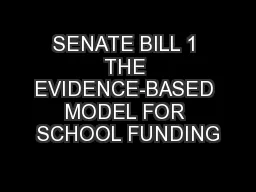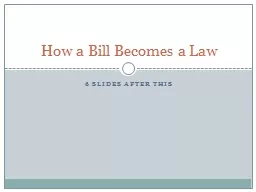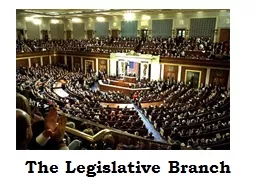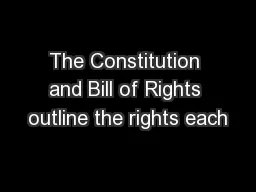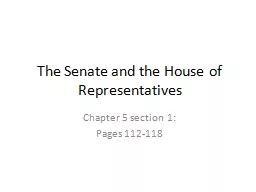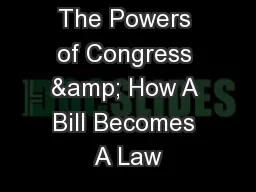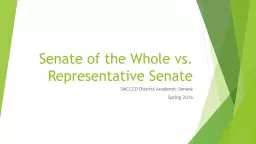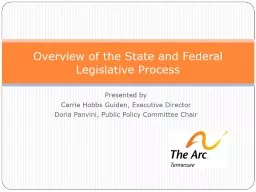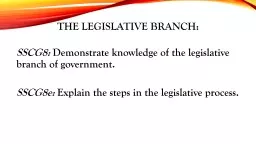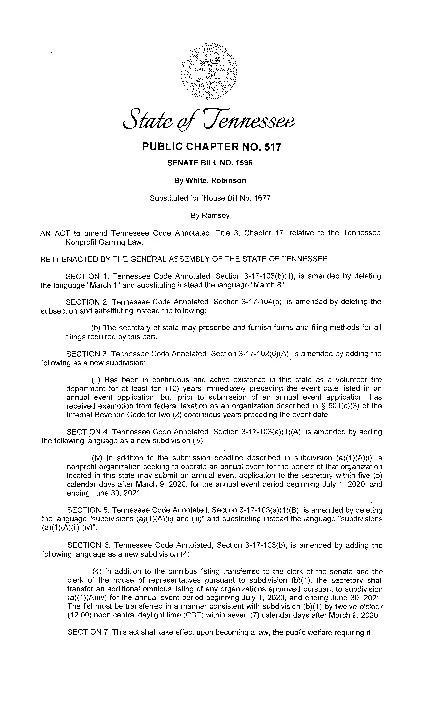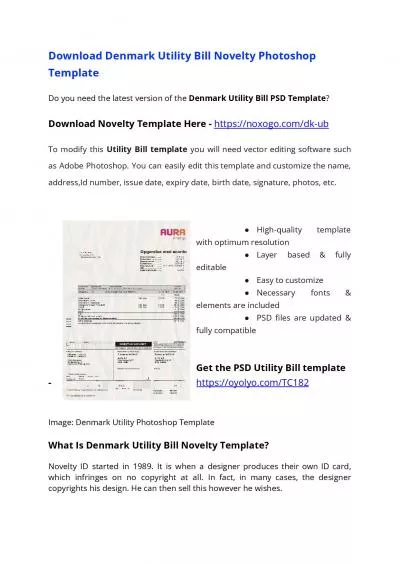PPT-SENATE BILL 1 THE EVIDENCE-BASED MODEL FOR SCHOOL FUNDING
Author : sistertive | Published Date : 2020-06-20
Ensuring equitable funding to help all students succeed Yesterday Governor issued an Amendatory Veto of SB1 SB1 is the evidencebased model and was outcome
Presentation Embed Code
Download Presentation
Download Presentation The PPT/PDF document "SENATE BILL 1 THE EVIDENCE-BASED MODEL F..." is the property of its rightful owner. Permission is granted to download and print the materials on this website for personal, non-commercial use only, and to display it on your personal computer provided you do not modify the materials and that you retain all copyright notices contained in the materials. By downloading content from our website, you accept the terms of this agreement.
SENATE BILL 1 THE EVIDENCE-BASED MODEL FOR SCHOOL FUNDING: Transcript
Download Rules Of Document
"SENATE BILL 1 THE EVIDENCE-BASED MODEL FOR SCHOOL FUNDING"The content belongs to its owner. You may download and print it for personal use, without modification, and keep all copyright notices. By downloading, you agree to these terms.
Related Documents

